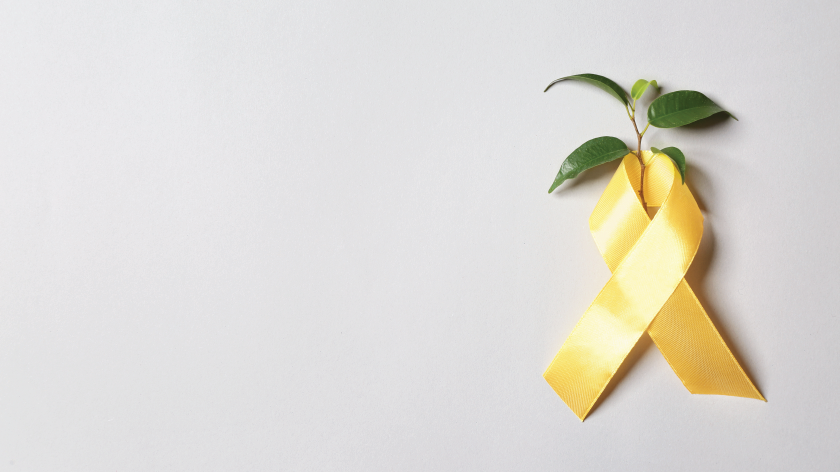Today is World Suicide Prevention Day which focuses on raising awareness that suicide can be prevented.
Although suicide can often be prevented, the statistics can be haunting. Suicide is the 10th leading cause of death in the United States with more than 44,000 people dying in 2020. According to Mental Health America, since the COVID-19 pandemic began to spread rapidly in March 2020, over 178,000 people have reported frequent suicidal ideation.
If you or a loved one is in trouble, know two things: 1. You are not alone and 2. There is hope. When we start to understand the risk factors, warning signs and ways to reach out for help ourselves and how to help each other through crises, we can change the conversation about suicide and help prevent these tragic suicide attempts and deaths. Per the National Alliance on Mental Illness (NAMI), warning signs that someone may be considering suicide include:
- Increased alcohol and drug use
- Aggressive behavior
- Withdrawal from friends, family and community
- Dramatic mood swings
- Impulsive or reckless behavior
Suicidal behaviors are a psychiatric emergency. If you or a loved one begins engaging in any of the following actions, seek immediate help from a health care provider or call 911:
- Collecting and saving pills or buying a weapon
- Giving away possessions
- Tying up loose ends, like organizing personal papers or paying off debts
- Saying goodbye to friends and family
You may also reach out to the National Suicide Prevention Lifeline when in crisis. The Lifeline is a national network of local crisis centers that provide free and confidential emotional support to people in suicidal crisis or emotional distress, 24 hours a day, 7 days a week. You can access it online at suicidepreventionlifeline.org or by phone at 1-800-273-8255.







